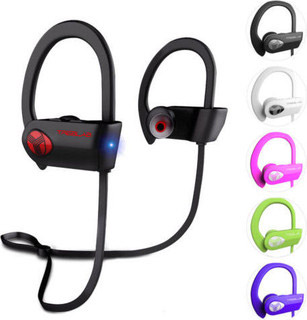

- #Running bluetooth on anydroid how to
- #Running bluetooth on anydroid install
- #Running bluetooth on anydroid android
- #Running bluetooth on anydroid zip
#Running bluetooth on anydroid install
You may have to build these from source and install them to your local environment. The following third-party dependencies are necessary but currently unavailable via a package manager. If you want to change this, just pass in -bootstrap-dir to the script. This will install your bootstrapped build environment to ~/.floss. You will still need to build some unpackaged dependencies (like libchrome, modp_b64, googletest, etc). It accepts a -run-bootstrap option that will set up your build staging directory and also make sure you have all required system packages to build (should work on Debian and Ubuntu). com / platform / packages / modules / Bluetooth Using -run-bootstrap on build.pyīuild.py is the helper script used to build Fluoride for Linux (i.e. Please follow the instructions on Rustup to install a recent version. You will also need a recent-ish version of Rust and Cargo. Libgtest - dev libgmock - dev libabsl - dev Libre2 - dev libdouble - conversion - dev \ Libprotobuf - dev ninja - build generate - ninja protobuf - compiler \ 0 - dev libevent - dev libnss3 - dev libdbus - 1 - dev \ Libgl1 - mesa - dev libxml2 - utils xsltproc unzip liblz4 - tool libssl - dev \įlatbuffers - compiler libflatbuffers1 openssl \ X11proto - core - dev libx11 - dev libncurses5 \
#Running bluetooth on anydroid zip
Zip curl zlib1g - dev gcc - multilib g ++- multilib \ Otherwise, you can use the following apt-get list or use the -run-bootstrap option on build.py (see below) to get a list of packages missing on your system: sudo apt - get install repo git - core gnupg flex bison gperf build - essential \ If you’re currently configured for AOSP development, you should have most required packages. You‘ll want to download some pre-requisite packages as well. Instructions for a Debian based distribution: Just build AOSP - Fluoride is there by default.
#Running bluetooth on anydroid android
Alternatively, if your vehicle has built-in wireless charging, you can use that in combination with wireless Android Auto for maximum convenience.Fluoride Bluetooth stack Building and running on AOSP

Thus, if you have the option to use Android Auto wireless, you might prefer it on short drives, while continuing to connect via USB for longer journeys.

However, since Android Auto can use a fair bit of battery when you're running navigation and playing music on a long trip, it's often a good idea to plug in to keep your phone topped up anyway. Connecting wirelessly is obviously less of a hassle, since you don't have to fiddle with a cable. Wireless Android Auto is the same product as Android Auto-the only difference is how you connect. For more, we've also covered top Android Auto tips and tricks.
#Running bluetooth on anydroid how to
That will teach you how the app works and how to set it up using the normal wired method. If you're not familiar with this functionality at all, have a look at our overview of Android Auto for everything you need to know.


 0 kommentar(er)
0 kommentar(er)
